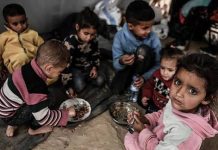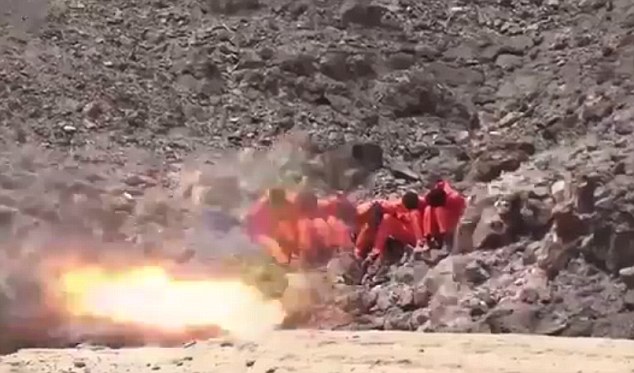
Al-Thawra Net
Save The Children said that ending Yemen’s conflict now is a matter of life and death for millions of children.
One year since the conflict in Yemen escalated, nearly 90% of children are now in need of emergency humanitarian aid and the desperate plight of 10 million children is still being largely ignored, Save the Children said today.
The humanitarian agency warned that international governments are exacerbating the crisis and endangering children’s lives by choosing to support military action while ignoring the devastating consequences for civilians.
“An entire generation of children – the future of Yemen – is being abandoned to their fate,” says Edward Santiago, Save the Children’s Country Director in Yemen.
“For millions of children here, the terror of airstrikes and shelling, and the destruction of everything around them has become a daily fact of life. This must not be allowed to continue.
“Even before the current crisis spiraled, Yemen was already the poorest and least developed country in the Middle East, but now thousands more children’s lives are at real risk as long as the fighting continues and the delivery of vital humanitarian aid and commercial supplies continues to be obstructed.”
A new Save the Children briefing note, Yemen’s Children Suffering in Silence, illustrates how a year of war has created a humanitarian crisis that ranks as one of the worst in the world, with most areas facing extreme, and often deadly, shortages of medicine, food and fuel.
“A doctor at a Save the Children-supported hospital in Sana’a told us how a newborn baby died last month during a power cut when incubators shut down for an hour and there was no fuel left to run the back-up generators.” says Santiago.
“Other health facilities we work with report running out of even simple materials such as sterile bandages, antibiotics and iodine, and have all reported cases of potentially fatal conditions such as malaria, severe acute malnourishment, respiratory problems, and diarrhea double, or in some cases triple, over the past six months.”
A recent assessment by Save the Children health and nutrition teams in Sa’ada also found critical shortages of therapeutic foods, which are used to treat malnourished children.
“One in three Yemeni children under five are now acutely malnourished, with nearly 10 million without access to clean water and more than eight million no longer having access to even basic health care,” says Santiago, adding that around 600 hospitals and health facilities have had to shut down due to damage or shortages.
With an estimated six boys and girls killed or injured every day of the conflict and civilians making up 93% of casualties when explosive weapons were used in populated areas during 2015, the crisis in Yemen has had a devastating psychological impact on children.
“A Save the Children study of 150 children in Aden and Lahj governorates found 70% suffering from symptoms associated with distress and trauma, including anxiety, low self-esteem, feelings of sadness, and lack of concentration,” Santiago explains.
Nearly half of school-age children are now also out of school in Yemen, with an average of two attacks on schools per week of the conflict, and more than 1,600 schools now closed or being used as emergency shelters for families who have fled their homes.
Despite the enormous needs, the UN Humanitarian Response Plan for Yemen was only 56% funded in 2015, and so far is only 12% funded for this year, with no funding at all received for education or child protection.
“Rich nations are turning a blind eye to children’s suffering, and in some cases are even making billions of dollars by selling weapons that continue to be used against civilians,” says Santiago.
“UN Security Council resolutions are being ignored and the conflict goes on with complete disregard for international law and the protection of civilians, particularly children. There needs to be much more aid to those suffering, and much more diplomatic pressure on those fighting in Yemen to end the conflict.”



















